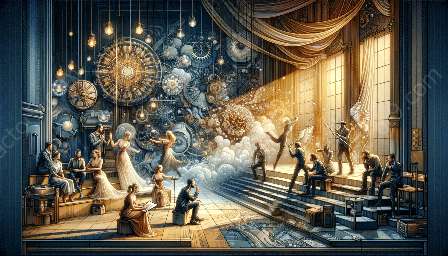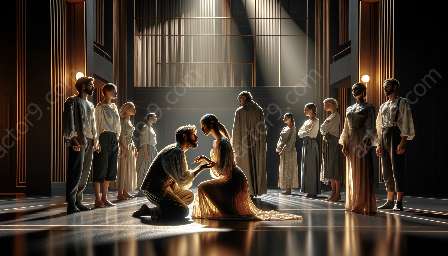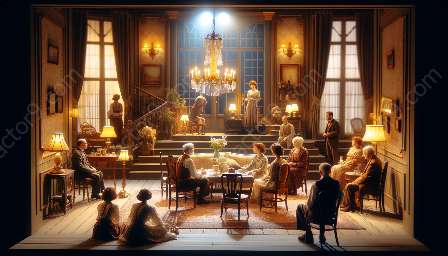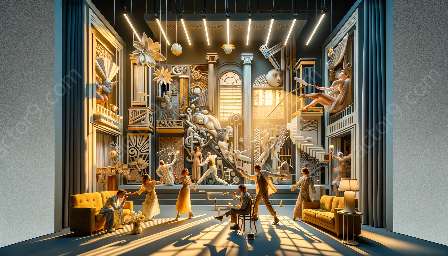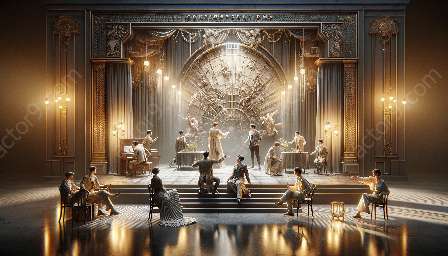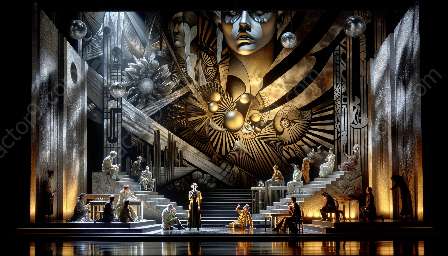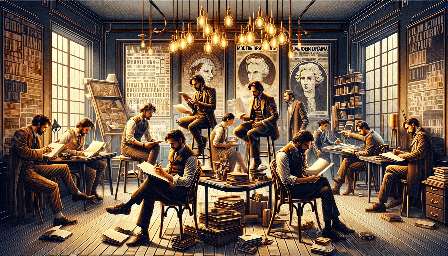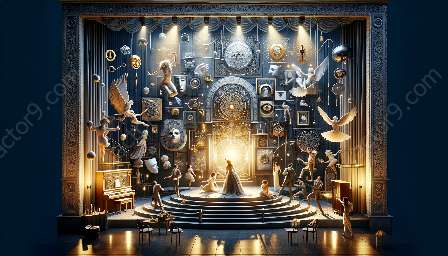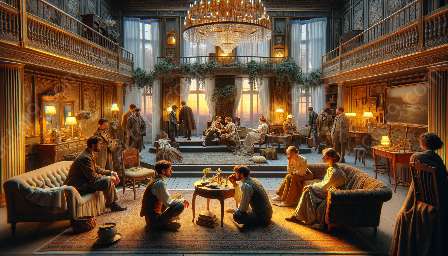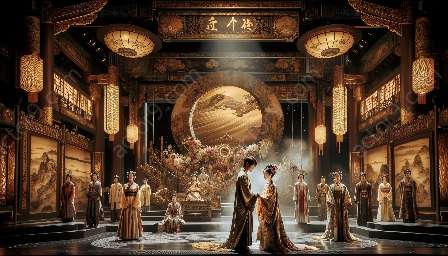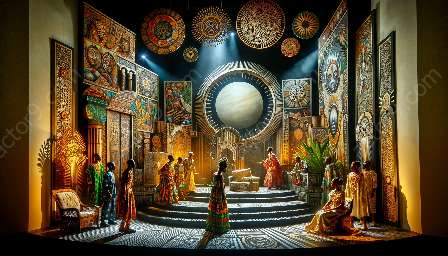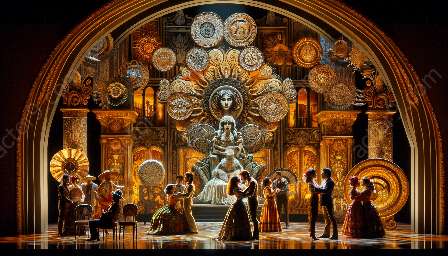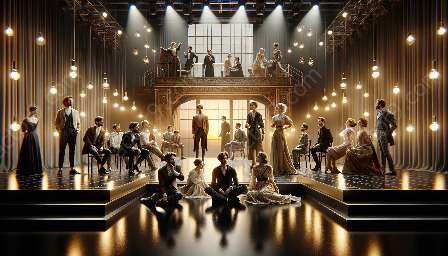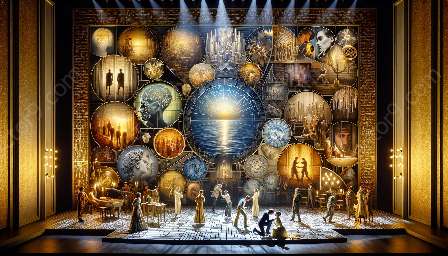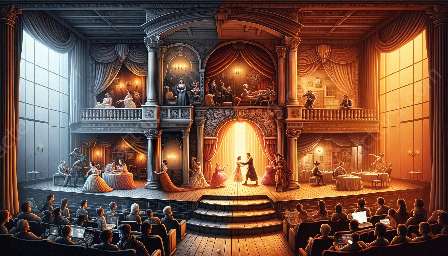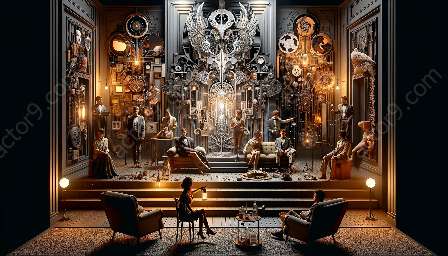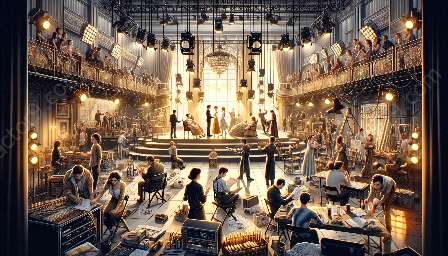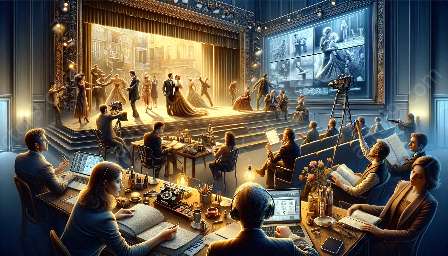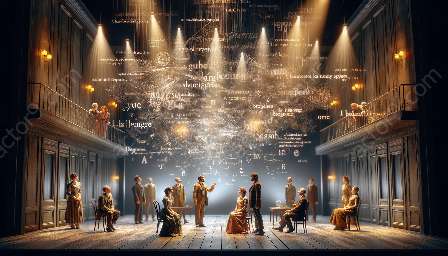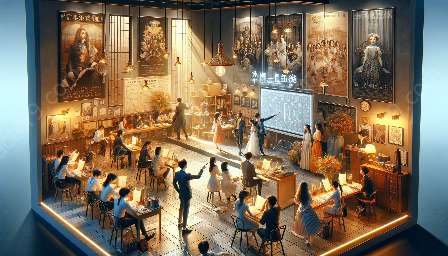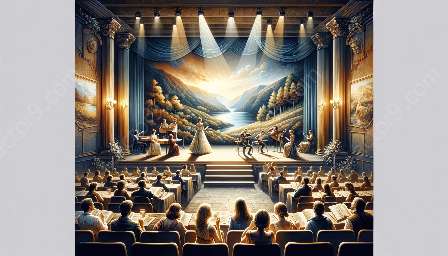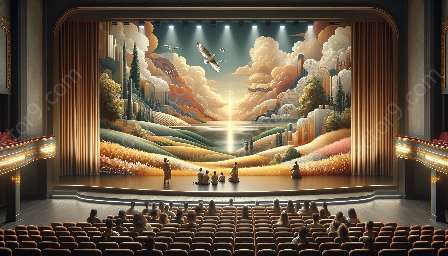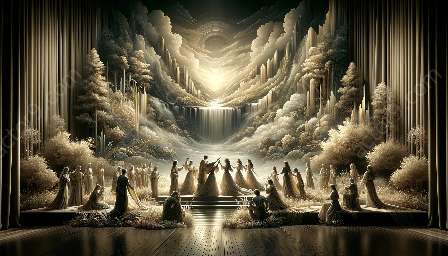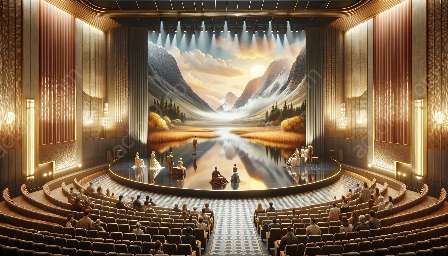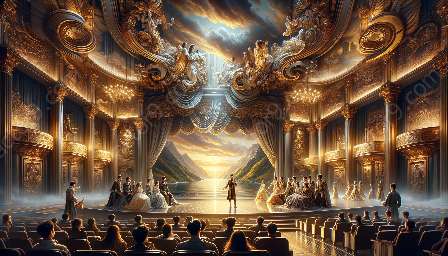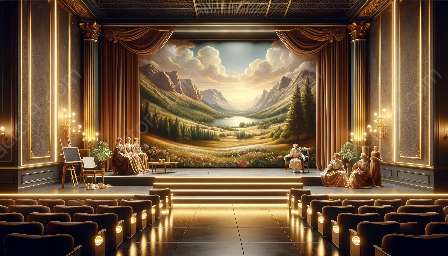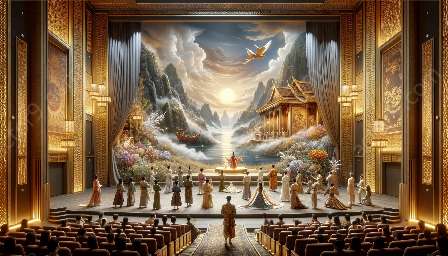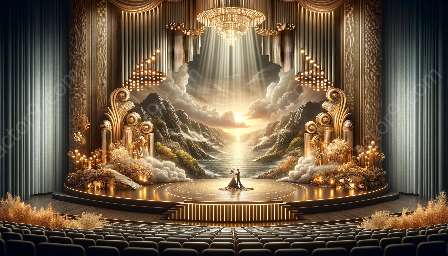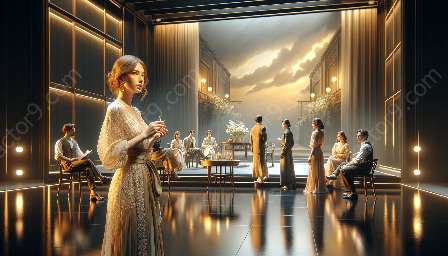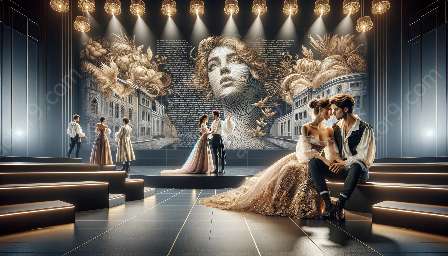Modern drama has brought forth a revolutionary redefinition of the concepts of time and space in performances, influencing the way audiences perceive and interpret theatrical works. This topic cluster will delve into the multifaceted ways in which modern drama has reshaped the traditional notions of time and space, setting the stage for a dynamic exploration of the evolution of dramatic art.
Impact of Modern Drama on Time and Space
Temporal Fluidity: Modern drama has challenged the linear progression of time by embracing non-linear narratives and unconventional timelines. Playwrights and directors have shattered the confines of chronological storytelling, incorporating flashbacks, time loops, and parallel timelines to create a multi-dimensional experience for the audience. This departure from linear time structures has redefined the audience's understanding of temporal progression within the dramatic context.
Space as a Construct: In modern drama, the physical setting of a performance is no longer confined to a static stage. The concept of space has been reimagined to encompass virtual, immersive, and non-traditional environments. From site-specific productions in unconventional locations to virtual reality performances, modern drama has liberated the notion of space, blurring the boundaries between physical and imagined realities.
Interpretive Transformations in Modern Drama
Subjective Experience: The redefinition of time and space in modern drama has prompted a shift in how audiences interpret theatrical works. The non-linear temporal structures and unconventional spatial settings invite viewers to engage with the performance on a subjective and immersive level, encouraging them to actively navigate the narrative landscape and construct personal interpretations of the dramatic experience.
Metaphorical Extensions: Modern drama's manipulation of time and space extends beyond literal representation, serving as a vehicle for metaphorical exploration. The temporal and spatial devices employed in performances often carry symbolic significance, offering rich layers of meaning that invite audiences to contemplate broader themes of existence, identity, and human experience.
Challenges and Innovations
Technical Advancements: The redefinition of time and space in modern drama has spurred technological advancements in stagecraft and production. Innovations such as projection mapping, augmented reality, and interactive multimedia have expanded the possibilities for creating immersive temporal and spatial experiences, challenging theatrical artists to push the boundaries of creativity and technical expertise.
Conceptual Complexity: The evolution of time and space in modern drama has introduced a new level of conceptual complexity to theatrical works. Playwrights and directors grapple with intricate narrative structures and elaborate spatial designs, offering audiences thought-provoking and intellectually stimulating experiences that transcend traditional boundaries of performance art.
Conclusion
Modern drama continues to chart new territories in its redefinition of time and space in performances, captivating audiences with its innovative approaches to temporal and spatial storytelling. The dynamic interplay between temporal fluidity, reimagined spaces, interpretive transformations, and artistic innovations has propelled modern drama into a realm of limitless creative possibilities, reshaping the landscape of theatrical art and challenging conventional notions of time and space.


